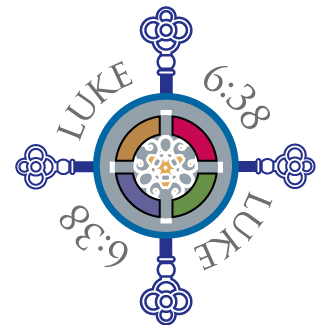The Best Thing you can do to Raise More Money
Create a major gift prospect list. Here’s why.
I manage capital campaigns for Catholic schools and churches. After 30+ years and 4,000 face-to-face visits, I am still amazed that the vast majority of total capital campaign revenue comes from a very small number of donors. For example, here is how we raised $4.5M for renovation of a seminary dorm:
- Number of records in database = 15,043
- Number of donors who supported the annual fund or events within the last year = 2,843
- Number of donors to the capital campaign = 159
Of the 159 campaign donors…
- 6 donors contributed a total of $3,800,000
- 19 donors contributed a total of $445,000.
Ponder this for a moment. $4,245,000 came from the top 25 donors. That is 94% of the total. These statistics are not unusual. As few as 10 – 40 donors are responsible for 80 – 95% of total dollars raised.
Even if you are not currently planning a capital campaign, it’s beneficial to begin preparing for that eventuality. As the example above illustrates, wealth is being consolidated in fewer and fewer households. That means more non-profits are targeting the same small subset of wealthy families. It can now take two or more years to secure a place in the donor’s charitable budget.
Smart Catholic schools identify who these people might be long before a formal capital campaign is planned. That gives them the necessary lead time to develop a relationship that later ‘permits’ a six or seven-figure request.
Find the Needle in the Haystack. What is considered a major gift prospect? That depends. For small schools and parishes, it might be gifts of $25,000 or more. For larger organizations, it will be prospective gifts of $50,000, $100,000 or more.
How do you identify who these families might be? Some of them you already know, like local business leaders who already support your efforts. But if your school has thousands of graduates and past parents, chances are good there are hundreds of prospective major gift prospects that you have not yet identified, much less cultivated.
To aid that effort, wealth screening services are a valuable return-on-investment. Here’s how it works: you export your database, or a portion of it, and send it to a wealth screening vendor. The service typically costs a few thousand dollars and takes anywhere from 3 – 6 weeks. They run your list of names and addresses through various public and proprietary databases to identify who ‘might’ be a major gift prospect.
For example, one vendor compiled a list of people who had made gifts to charities of $5,000 or more. When you submit your data to the vendor, they run your constituents against this list to see who among your constituents may have been a $5,000+ contributor to other charities. Similarly, there are lists of SEC insiders, plane and boat owners, individuals who sit on foundation boards, etc. The greater the number of wealth indicators like these, the more likely your constituent has significant wealth, which is what you need to know.
Sounds easy. But don’t get your hopes up just yet. The data only tells you who might be a prospect. It doesn’t tell you who actually is. Once the data comes back, a human has to pick through as many as 20 – 30 data points for each ‘promising’ individual before confirming that a constituent truly has wealth. Why? Because for any given data point, there can be a ‘false positive’ rate of as much as 40%.
That’s where Catholic Development Group can help. First, I work with your database manager to facilitate the electronic wealth screening download. We format the data and email to a wealth screening vendor. A few days later, the records are returned with wealth indicators appended to each household.
Now the real work begins. I sift through the most promising records name-by-name to confirm who is, and isn’t, a bona-fide major gift prospect. If the household meets certain criteria, they are assigned a Target Code, which forms the basis for your major gift prospect list.
I then advise clients on how to make best use of the information. I consult with school leadership and the advancement team to devise a name-by-name strategy of your top prospects.
The Payoff. When the time is right for a capital campaign, you will have a relationship already established that sets the stage for a six or seven-figure request.
Finding and securing just one major gift more than doubles your investment in the effort.
Now’s the time to act.

